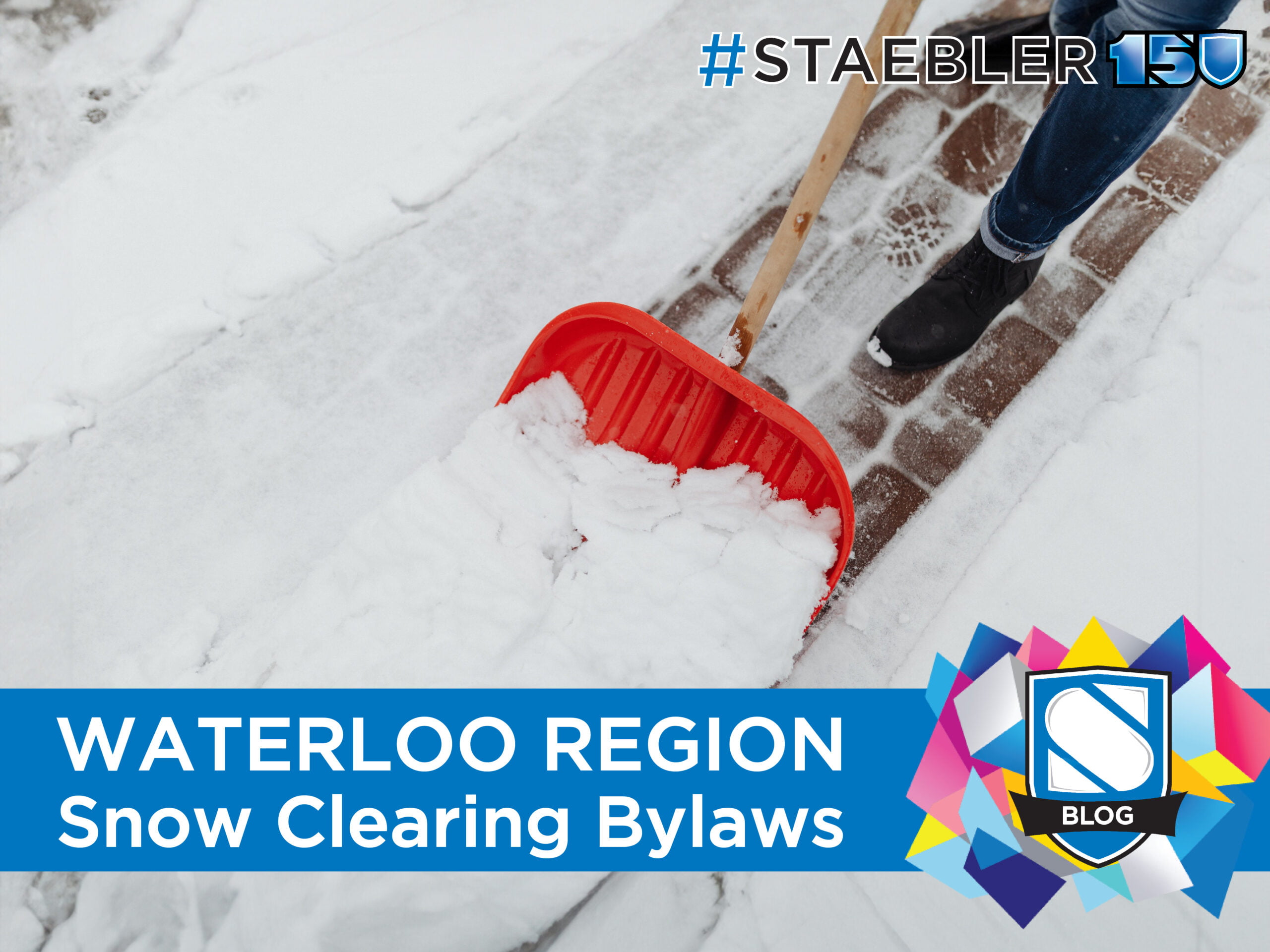The chilly months of fall might bring the “joys” of raking and cleaning leaves out of the gutter, but there is one upside — you can finally put the lawn mower away for the season! You might have to shovel the laneway soon, but at least you’re done with the lawn until Spring!
But, before you wheel your mower into the shed or garage and say goodbye for the year, take the time to properly treat and prep your mower for storage. It might seem like an inconvenience now, but you’ll be thanking yourself in a few months time when your mower starts up smooth and clean.
Good to the last drop
The first thing you need to do to prepare your mower for the winter is to get all the gas out of it. Left over gas is bad for the mower, especially if stored in a cool or cold location. Gas left in the tank will mix with condensation and lead to rust, while gas left to sit in the lines and slowly corrode them over the coming months. Either issue could take years off the life of your mower, so we need to get that fuel out of the system.
Add some fuel stabilizer to the tank and then run the mower for a few minutes to make sure it moves through the system. If you were already low, you could just run the mower until it’s dry, but if you have a full tank, you’ll need to siphon the excess out. A good idea might be to only add a splash of gas in the tank before your last mow of the season.
Some light disassembly required
Next, you’ll want to remove the spark plug from the engine. This serves two purposes, the first and most obvious is that we want to replace that spark plug before storing the mower while the second is to insure your safety for the next steps. No chance of accidentally starting the mower with no ignition, so get that spark plug out before you move on.
The next thing we need to remove is the actual lawn mower blade. The best way to do this is with a set of thick work gloves and a wrench. You’ll need to loosen the bolts that hold the blade on and unscrew them.
Once you have the blade off, you might as well go the extra mile and sharpen it up! Strictly speaking, this isn’t necessary for storing the mower, but it’s a good idea. If you do it now you’ll be all set and ready to mow when Spring arrives. You can sharpen the blade with a file or a grinder depending on what you have. It doesn’t need to be razor sharp (remember, you’re cutting grass not timber), but remember to mark the top side of it so you put it back on in the proper orientation! If the blade is a few years old and looking rusty or full of nicks and chips out of the edge, it might be wiser to buy a replacement blade.
Drain the oil
With the blade out of the way, it’s time to drain the oil. Needless to say, you’ll want to drain into a pan and properly recycle it at a service station. To begin, place the mower on its side with the air filter and carburetor facing up and remove the drain plug. Once you have it off, tilt the mower towards the pan and drain slowly and evenly.
Mowers can be a little difficult to work with, the distribution of weight isn’t always even, and it can be difficult to move and position things when working on your own. It’s a good idea to put down a tarp underneath the pan before you start just in case you miss with any drops.
The finishing touches
You’ve done the hard part, now it’s time to finish up the last details! Clean the bottom of the mower with a stiff (but not sharp) scrapper and a wire brush. Left over grass, mud, and debris can cause rust on the bottom of the mower if left to sit. Ideally, you should clean the mower after every use, but even if you aren’t that fastidious, you’ll definitely want to give it a good cleaning before putting it in storage.
Since you’ve done everything else, you might as well replace the air filter as well. This is something a lot of owners tend to overlook, but it should really be done once a season. A clean efficient air filter will help keep your mower running smoothly and make the actual act of mowing a little more pleasant. If your mower has a paper filter, this is as easy as swapping it out with a new one (which you can pick up from any big box store). If you have the sponge type, you’ll need a pair of rubber gloves and some soap and water. Wash it out, let it dry, and replace it.
Finally, right before you put it away, replace that spark plug we removed earlier. Your old spark plug might look fine, but why take the chance? Replacement plugs are cheap and if you swap them out every year, you’ll never have to worry about them failing on you.
And that’s it! Properly storing the mower for the winter only takes an extra hour or so of effort but can make all the difference to the life and performance of your mower, keeping it in prime condition for years to come!














0 Comments